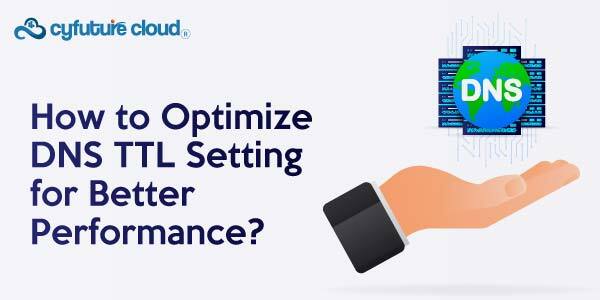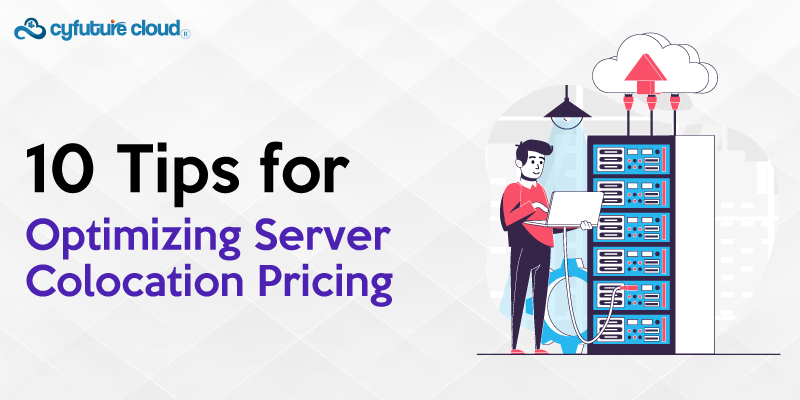Table of Contents
Nowadays, with different types of cloud computing options available, cloud computing has become a mainstream technology. As per the most recent report on the State of Cloud, “approx 94% of firms are expected to be using at least one cloud service.”
However, according to IBM’s commissioned study, only 20% of enterprise workloads are currently running on the cloud, despite this trend, according to a study released this week. It means that the potential for cloud growth is still exponential.
After only transferring the most fundamental workloads, businesses still have a long way to go on their path to the cloud. The migration of 80% of business workloads that are currently on-premises might potentially treble the size of the current cloud industry.
Many firms are still unaware of the cloud computing services and deployment options that are available, despite the maturity of the cloud industry. With the constant innovation of tech leaders like Google, Amazon, and Microsoft, new cloud goods and services are essentially produced every day.
In this blog, to assist you in managing the complexity of cloud computing, we’ll go over the several types of cloud computing that are readily available. So, let’s get started!
Types of Cloud Computing
| Cloud Service Model | Description |
|---|---|
| Infrastructure as a Service (IaaS) | Provides virtualized computing resources such as virtual machines, storage, and networking over the internet. Users manage applications, data, runtime, middleware, and the operating system. |
| Platform as a Service (PaaS) | Offers a platform allowing customers to develop, run, and manage applications without dealing with underlying infrastructure complexities. Facilitates quicker deployment and application development. |
| Software as a Service (SaaS) | Delivers software applications over the internet, eliminating the need for installation or maintenance. Users access applications via a web browser, enjoying scalable, on-demand software usage. |
Wide Variety of Cloud Computing
When we discuss the term cloud computing, it becomes a bit confusing. One of the top reasons is it has several types of clouds available. Each of them provides different capabilities. Consequently, there are the following main types of cloud computing:
1. Public Cloud:
In its most basic form, the public cloud is a vast collection of readily accessible computing resources. For instance, networking, memory, central processing unit (CPU), and storage. These resources are located in one of the public cloud vendor’s globally dispersed and properly managed data centers. Therefore, you can rent them to build an IT infrastructure.
These essential computing resources are connected to managed services including application servers, security systems, and database servers. You can rent managed services if you don’t want to deal with the hassle of configuring and managing the full solution. The main suppliers of this kind of cloud service are Google Cloud Platform (GCP), Amazon Web Services (AWS), and Microsoft Azure, however, there are others.
Top Gains of Public Cloud:
There are several charming gains of the public cloud. Some of them are the following:
- In comparison to private and hybrid clouds, the public cloud is wallet-friendly.
- You don’t need to worry about maintenance in the public cloud. This is because the public cloud is maintained by cloud service providers.
- The public cloud is easy to integrate. This is because it offers flexibility to the customers.
- This location of the public cloud is independent. All of its services are delivered through the internet.
- As per the requirement of computing resources, the public cloud is highly scalable.
- Anyone can access it. Therefore, there is no limit to the number of users.
2. Private Cloud:
One private business or group owns and utilizes private clouds. They have typically utilized the company’s hardware and been physically located at the data center.
The other option is for a business to host its private cloud on its hardware using a third-party provider. The resources are kept in a remotely managed data center. So in that situation, the private cloud is similar to the public cloud. These companies will offer administrative services. But, they won’t be able to offer the full range of services that a public cloud can offer.
Top Advantages of Private Cloud:
There are several top advantages of the private cloud. Some of them are the following. So, let’s come to the points directly.
- It offers a high level of security and privacy to the users.
- Permits the IT team to allocate and deliver on-demand IT resources, instantly.
- The organization has complete control of the cloud. This is because it is managed by the organization itself. Therefore, there is no need for anyone else.
- It is the best for those organizations that need a separate cloud for personal use and data security.
- It provides better performance with enhanced speed and space capacity.
3. Hybrid Cloud:
A virtual private network (VPN) or specialized private channel is used to safely connect the public and private cloud components of a hybrid cloud over the internet.
For instance, you may use the practically infinite storage capacity of the public cloud to store data while processing it on your premises. Instead of investing in more durable equipment, you may expand your computer network into the cloud.
Top Gains of Hybrid Cloud:
There are several charming gains of the hybrid cloud. Some of them are the following. So, let’s come to the points directly.
- It is suitable for organizations that require more security rather than the public cloud.
- A hybrid cloud plays a vital role in reducing the charges of risk.
- It is the combination of both public and private clouds. Consequently, it offers flexible resources because of the public cloud. Whereas, it offers secure resources because of the private cloud.
- It delivers new products and services instantly.
4. Community Cloud:
It permits a group of several organizations to access its services and system. Although it allows them to share information between the specific community and organizations. Also, it can be owned, managed, and operated by one or more organizations, a third party, or a combination of them.
Top Benefits of Community Cloud:
There are several advantages of the community cloud. Some of them are the following:
- It is cost-effective. This is because the whole cloud is shared by several organizations.
- In comparison to the public cloud, the community cloud offers better security.
- It offers distributed and collaborative environment.
- Permits the users to share the resources and other capabilities and infrastructure with several organizations.
Final Thought:
The cloud offers a wide range of infrastructure, platforms, and software as a service options. They can all be implemented as public, private, hybrid, or community systems. Because every business is different, you must take the time to comprehend all of the solutions that are offered and determine which arrangement is the finest for you.
With this constant state of innovation, you will have opportunities nearly every day to test out new ideas or find technology that can advance your company.
Send this to a friend

 Server Colocation
Server Colocation CDN Network
CDN Network Linux Cloud Hosting
Linux Cloud Hosting Kubernetes
Kubernetes Pricing Calculator
Pricing Calculator
 Power
Power
 Utilities
Utilities VMware Private Cloud
VMware Private Cloud VMware on AWS
VMware on AWS VMware on Azure
VMware on Azure Service Level Agreement
Service Level Agreement 



















